Creek Council Oak
Creek Council Oak
The Muscogee (Creek) people are descendants of a culture that, before 1500 A.D. spanned the region known today as the Southeastern United States. In the early 19th century, the United States Indian policy forced the Muscogee and other Southeastern tribes to move beyond the Mississippi River.
These Southeaster tribes, know as the "Five Civilized Tribes;" Cherokee, Choctaw, Chickasaw, Seminole and Creek, were removed into Indian Territory (now Oklahoma)
About 1839, the first settlers, a band of Creek Indians, the Lochapokas, ended their journey at this historic site and began a new life in Indian Territory.
The garden features plants that were either cultivated or gathered by the Muscogee for food and fiber, or cermonial and medicinal purposes in their ancestral Georgia and Alabama homelands.
These Southeaster tribes, know as the "Five Civilized Tribes;" Cherokee, Choctaw, Chickasaw, Seminole and Creek, were removed into Indian Territory (now Oklahoma)
About 1839, the first settlers, a band of Creek Indians, the Lochapokas, ended their journey at this historic site and began a new life in Indian Territory.
The garden features plants that were either cultivated or gathered by the Muscogee for food and fiber, or cermonial and medicinal purposes in their ancestral Georgia and Alabama homelands.
Location
Directions
Creek Council Oak Park is located at 18th Street and Cheyenne Avenue in Tulsa, Oklahoma
Regions
Maps
- 36.136167, -95.990367
- OpenStreetMap
- Google Maps
- Bing Maps
- Apple Maps
- MapQuest
Pictures
Notes
The Creek Council tree, a mature post oak, marks the traditional "ceremonial ground" chosen by the Lochapoka clan of the Creek Indians. In 1834, they had begun their involuntary migration from Alabama under the control of the U.S. Government. It was a slow and painful trek and 161 of the original group of 630 died en route. In 1836, at a point just before the Arkansas River made its great bend to the west, they stopped. Leading men of the group climbed a slight hill that rose from river's sandy banks. At its crest, they gathered beneath a large oak tree that towered mightily above the other trees nearby.
With the oak defining a southeastern corner, the people of Lochapoka proceeded to lay out a square for their new home. When it was complete, they marked their arrival with a solemn ceremony depositing ashes brought over the trail from their last fires in Alabama. The Tulsa-Lochapoka, a division of the Creek Nation, established their first "town."
And so it was that the people of Lochapoka, a daughter of Tallasi (where the name Tulsa is believed to be derived), came to the Indian Territory to begin a new life. The oak that provided them their first council site would survive. Now much older and even more stately, it stands between Seventeenth and Eighteenth Streets and Cheyenne and Denver Avenues in Tulsa, Oklahoma.
More Pictures:
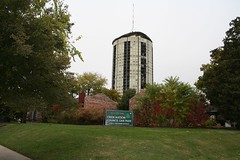
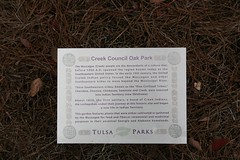
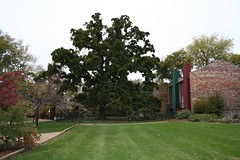
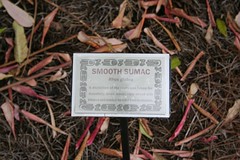
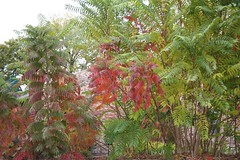
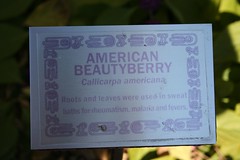
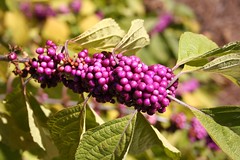
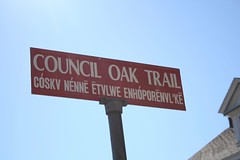
Related Links:
With the oak defining a southeastern corner, the people of Lochapoka proceeded to lay out a square for their new home. When it was complete, they marked their arrival with a solemn ceremony depositing ashes brought over the trail from their last fires in Alabama. The Tulsa-Lochapoka, a division of the Creek Nation, established their first "town."
And so it was that the people of Lochapoka, a daughter of Tallasi (where the name Tulsa is believed to be derived), came to the Indian Territory to begin a new life. The oak that provided them their first council site would survive. Now much older and even more stately, it stands between Seventeenth and Eighteenth Streets and Cheyenne and Denver Avenues in Tulsa, Oklahoma.
More Pictures:








Related Links:
- Tulsa Preservation Commission
- Virtual Geocache Talahasse
- Creek Indian Ceremonies
A number of festivals were held during the year determined by certain phases of the moon. Anciently it was customary to hold such meetings every month to give and receive counsel and also for enjoyment. There were two principal festivals, a lesser and a greater. The former took place in the spring, usually early in April, and in the south generally at the time when berries, such as mulberries, were getting ripe. The town chief notified his people, and particularly the medicine man, when it was time to hold it. Then the people assembled at the bush ground after dark and danced all night--men, women, and children.
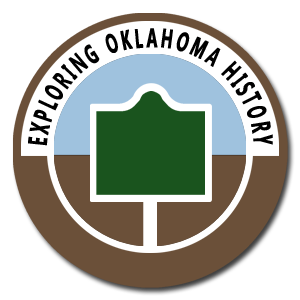

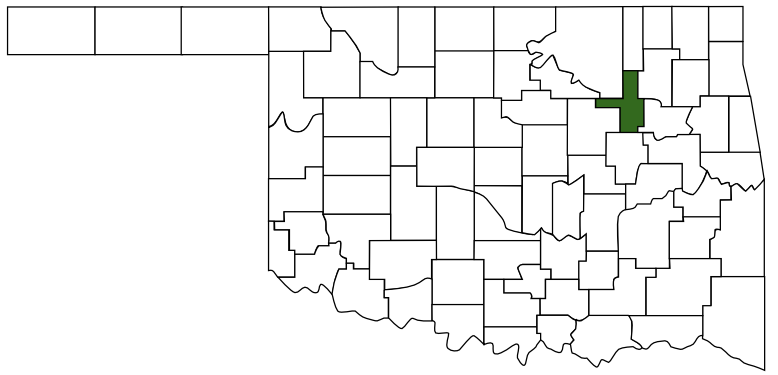 Tulsa County
Tulsa County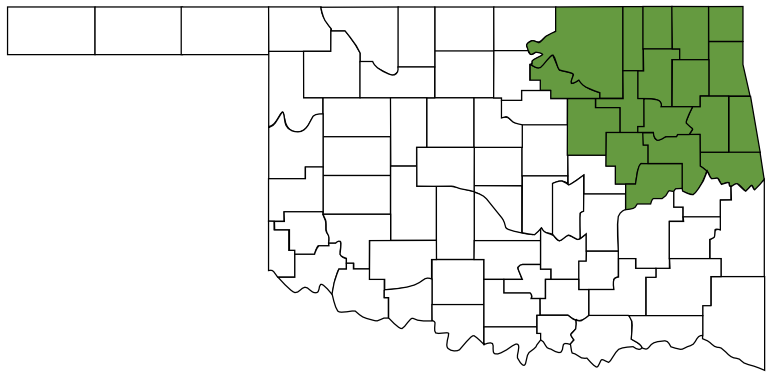 Green Country
Green Country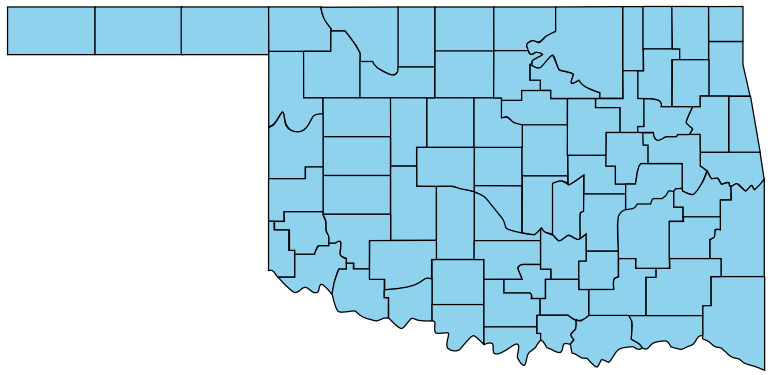 Oklahoma
Oklahoma